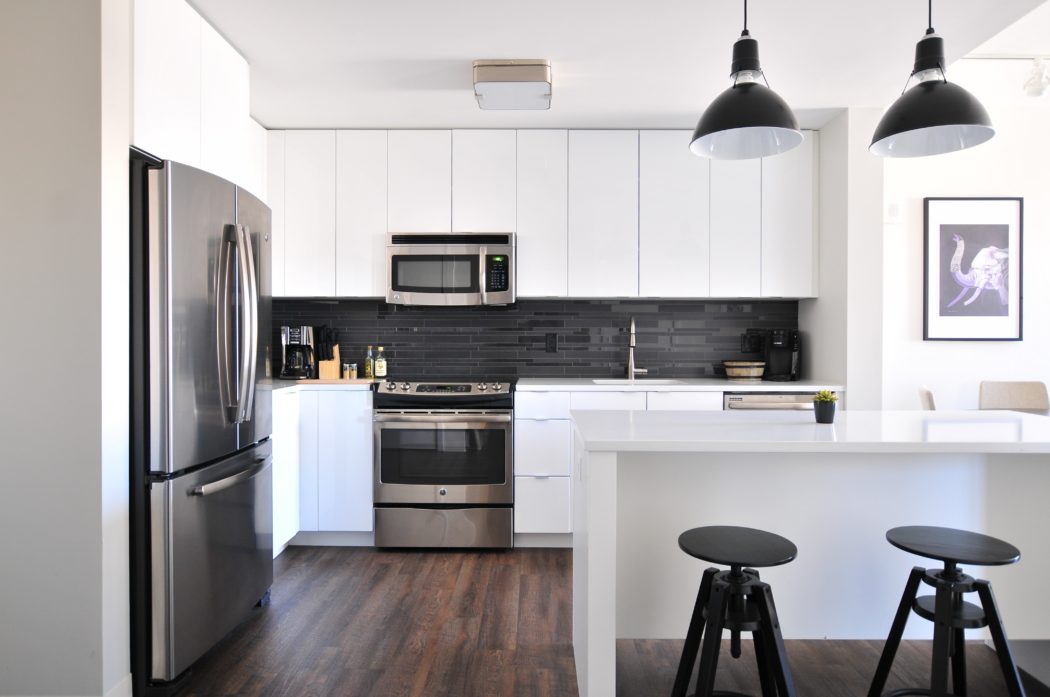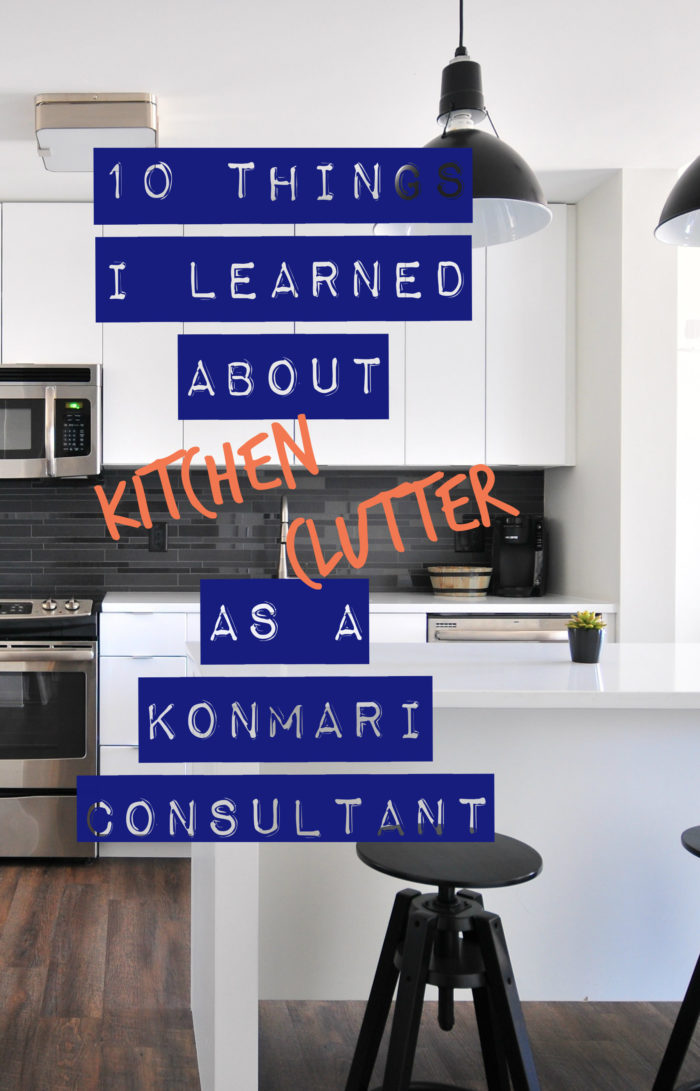
1) The 80/20 rule also applies to the kitchen
As to most anything in people’s life, the 80/20 rule also applies to many kitchens I’ve seen. Also called the “Pareto Principle”, the rule indicates that you only use approximately 20% of the items in your kitchen to prepare 80% of all the things you make. Or put differently: 80% of the items in your kitchen are only used 20% of the time.
Exact percentages aside, I’ve found that most of the things in a kitchen (whether it be eating implements, food preparation tools or food items) are never or almost never used. If you do a thorough KonMari “joy check”, you can easily downsize to the items you really need, want and love.
2) A cluttered kitchen makes for spoiled food
If your fridge and pantry are filled with food with no rhyme or reason, it makes finding the foods you’re looking for very difficult. I’ve seen people rather buying more of the items they’re unable to find than spending the time to look for it. Not only makes the added volume of new items finding things even more difficult. But it can also come with large quantities of expired and spoiled food on a regular basis. Thus, konmari’ing your kitchen once and for all comes with the added benefit of being able to enjoy your food before it goes bad!
3) Buying doubles is money throwing out the window
This one goes hand in hand with the one above: if you keep buying food (or even consumables), you’re essentially wasting your money. Buying things you’re going to throw out later because your kitchen is a mess and you can’t find anything, can be a small financial strain you don’t even recognize. If you put your kitchen in order, you will find the things you need more quickly. As a result, you’ll not be spending your money on things you already have.
4) When the “good stuff” is just cluttering up your cabinets
I see it all the time that people don’t use their “nicer” things on a regular basis but rather save it for special occasions. So the nice china and silverware only get used once a year (if at all), because it’s “for special occasions only”. My advice? Put the things that spark joy to use on an everyday basis and get rid of the rest. If that’s your expensive china, great! Get the most use out of those pieces by using them daily. If those items don’t make you happy, why keep them around? Sell or donate them and they may brighten someone else’s day.
5) Deep cabinets can become iffy abysses
If you have rather deep kitchen cabinets and enough things to fill them up, you probably know what I’m talking about. Things get tucked back behind there but almost never taken out. The solution to this problem are containers. After you properly decluttered all your kitchen items, you can use containers to organize items into categories. The added benefit of using boxes or baskets is that it makes it easy to reach those items in the back: you just take out the container, voila!
6) No categories can be your downfall
Storing like things with like is key when it comes to organization in your kitchen and (most importantly) maintaining it. What I see often is that people put things wherever they feel like it’s convenient. A few often-used spices and oils near the stove, the rest here and there tucked away in various drawers and cabinets. But I encourage you to think in categories and store your items this way. Put all your spices in one spot, all your liquids, carbohydrates, appliances, etc. This way, it becomes easier to stay organized for the long-term!
7) Even your kitchen items don’t want to be homeless
When I help people declutter and organize their kitchens, a major problem they have is that their items don’t have a designated spot where they live. They’re essentially “homeless” and might wander from one shelf to another, to a cabinet, the next and so on. Creating categories that work for you are the first step (see no. 6) and then it’s about designating an area where those items live. Once this is done, you will have no problem maintaining organization in your kitchen if you remember to return your items to where they belong.
8) Kitchen clutter and unhealthy food choices
I’ve seen it time and time again that a cluttered and disorganized kitchen can make for unhealthy eating habits. If your counters and cabinets are overflowing and you can’t find anything, you’re less likely to cook. Now that often results in eating out or having take-out – both of which can sabotage healthy eating intentions. Once you get your kitchen organized, preparing a homemade meal suddenly becomes so much easier. Your health will thank you.
9) Visual clutter can’t be underestimated
Now even if you only have the things left in your kitchen that spark joy and have those categorized, sometimes your kitchen can still look cluttered. And you might not see what’s wrong at first. In that case, “visual clutter” is usually to blame. If you have many food items in colorful packaging with loud prints and text all over it, it doesn’t make for a calming look exactly. The solution? Remove packaging as much as you can (bonus: you reduce volume in your cabinets that is taken up by the packaging) and you might even put food items in clear glass containers such as mason jars. It makes a huge difference!
10) Labels can make things easier
Now, this is more of tip for those who’ve successfully konmari’d their kitchen. In that case, chances are that things look quite different now and you need to learn where your things live from now on. What can make this learning period (and beyond) easier, are labels. Label your bins and baskets in which you store your food items or even put labels on cabinets or drawers. You’ll see at one glance what you can find in a particular location, making your newly organized kitchen even more time efficient!
PIN IT:

